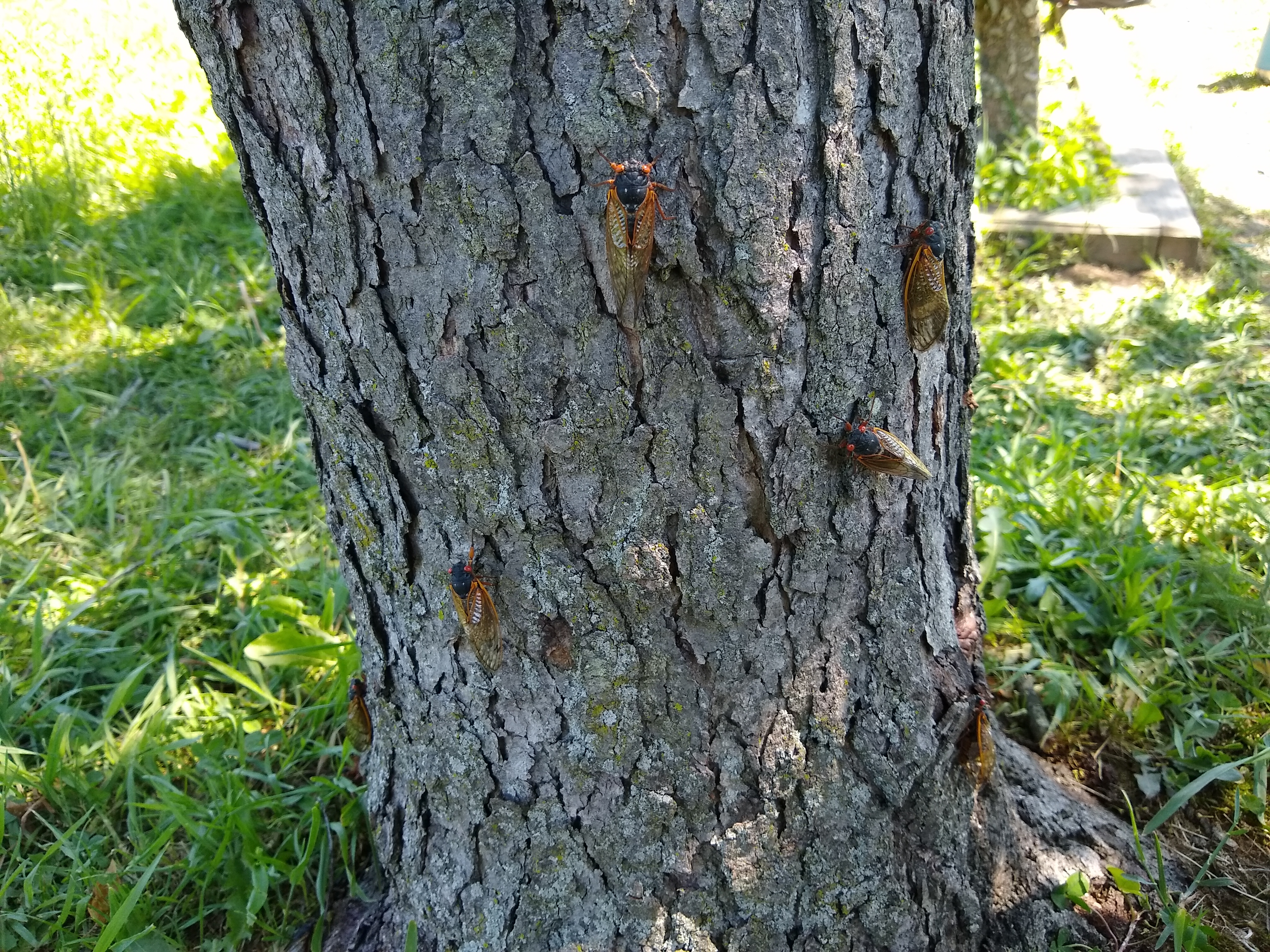Two broods of periodical cicadas will emerge outside of Michigan
Seventeen-year cicadas will emerge in some areas this summer, but you won’t find them in most of Michigan.

Cicadas are a popular story in the news with the expected emergence of two broods that spend much of their lives underground. These stories refer to the periodical cicadas that feed on plant roots and live for over a decade below the surface as opposed to the annual cicadas that are present each year. While many of these articles rightfully describe how 2024 will include millions of periodical cicadas, they provide less clarity on the local effects in Michigan.
A brood refers to a group of cicadas that emerge in the same year. Each brood includes several species of cicadas in the genus Magicicada. The 17-year Brood XIII and 13-year Brood XIX will both complete their development as adults in 2024. However, Brood XIII’s population is centered in northern Illinois, and Brood XIX is centered farther south in Illinois and Missouri (Photo 1). This year represents a unique phenomenon where two broods are emerging in the same year.
Both broods will be active as adults between late April – June. After spending so much of their lives below ground, they are more of an interesting site to observe than a serious plant pest. A study of Brood X cicadas found evidence that they feed on plant sap from several woody plants common in forests as well as apple and pear trees. The greatest risk for damage is on younger apple trees or shrubs, since adults will lay eggs into slits and branches.
What does this mean for Michigan?
Neither of the periodical cicada broods emerging this year will have much impact in Michigan. Anyone spending time outdoors in the summer will still hear noise from our annual cicadas, which include several different species. However, smaller number of annual cicadas means that the noise level does not come close to 95 decibels or louder that are audible in areas inundated with periodical cicadas. Annual and periodical cicadas are distinguished by color. Periodical cicadas have yellow or orange on their bodies and red eyes, while annual cicadas have variable appearances depending on the species.

Michigan residents may remember the Brood X emergence in 2021 that affected areas near the southern border of the state, and in particular Ann Arbor, Michigan (Photo 2). A few Brood XIII will emerge in 2024 in southwest Michigan close to the Indiana border. If you’re looking to experience the sights of thousands of cicadas and loud noise, your best option is to travel out of state to northwest Indiana or Illinois or wait until 2038 for the return of Brood X.
View more information on 2024 periodical cicadas from the University of Connecticut.



 Print
Print Email
Email